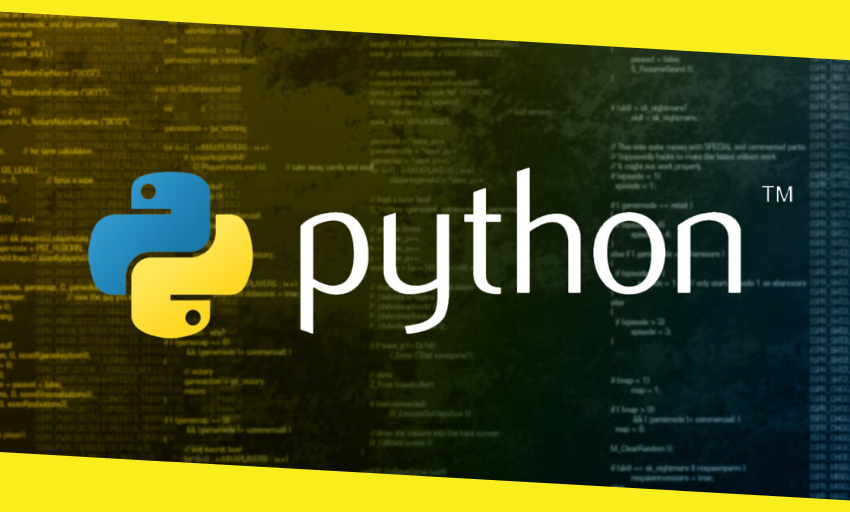How to Install and Use Linux: A Beginner Guide
Linux is a powerful and versatile operating system that is widely used by tech enthusiasts and professionals alike. If you are new to Linux, you may be wondering how to get started with installing and using this open-source software. In this beginner’s guide, we will walk you through the process of installing Linux on your computer and how to use it effectively.
Choosing the Right Distribution
Before you can install Linux on your computer, you need to choose the right distribution or “distro” for your needs. There are many different distributions of Linux available, each with its own unique features and user interface. Some popular choices include Ubuntu, Fedora, and CentOS.
When selecting a distribution, consider factors such as ease of use, software compatibility, and community support. Ubuntu, for example, is known for its user-friendly interface and vast library of software packages, making it a great choice for beginners.
Preparing Your Computer
Once you have chosen a Linux distribution, you will need to prepare your computer for installation. This may involve creating a bootable USB drive or DVD containing the Linux installer. Most distributions offer detailed instructions on how to do this on their websites.
Before you proceed with the installation, it is important to back up any important files on your computer. Installing a new operating system can potentially erase all of your data, so it is best to be safe rather than sorry.
Installing Linux
With your computer prepared and data backed up, you are ready to install Linux. Insert the bootable USB drive or DVD into your computer and restart it. You may need to enter the boot menu or adjust the BIOS settings to boot from the installation media.
Follow the on-screen instructions to select your language, keyboard layout, and other preferences. You will also be prompted to choose a partitioning scheme for your hard drive. If you are unsure, you can typically select the default options for a standard installation.
Using Linux
Once Linux is installed on your computer, you can begin exploring its features and functionality. The Linux desktop environment may look different from what you are used to, but it is highly customizable to suit your preferences.
One of the first things you may want to do is install software packages to enhance your Linux experience. Most distributions come with a package manager that allows you to browse and install software from their repositories with just a few clicks.
As you become more comfortable with Linux, you can start to explore more advanced features such as the command line interface. The command line allows you to perform tasks and execute commands more efficiently than through the graphical user interface.
Conclusion
Linux is a powerful and versatile operating system that offers many benefits to users. By following this beginner’s guide, you can install Linux on your computer and begin using it effectively. With a little time and practice, you may find that Linux becomes your operating system of choice for all your computing needs.
Remember, Linux has a strong and supportive community of users who are always willing to help newcomers. Don’t hesitate to reach out for assistance if you encounter any difficulties along the way. Enjoy your Linux journey!


